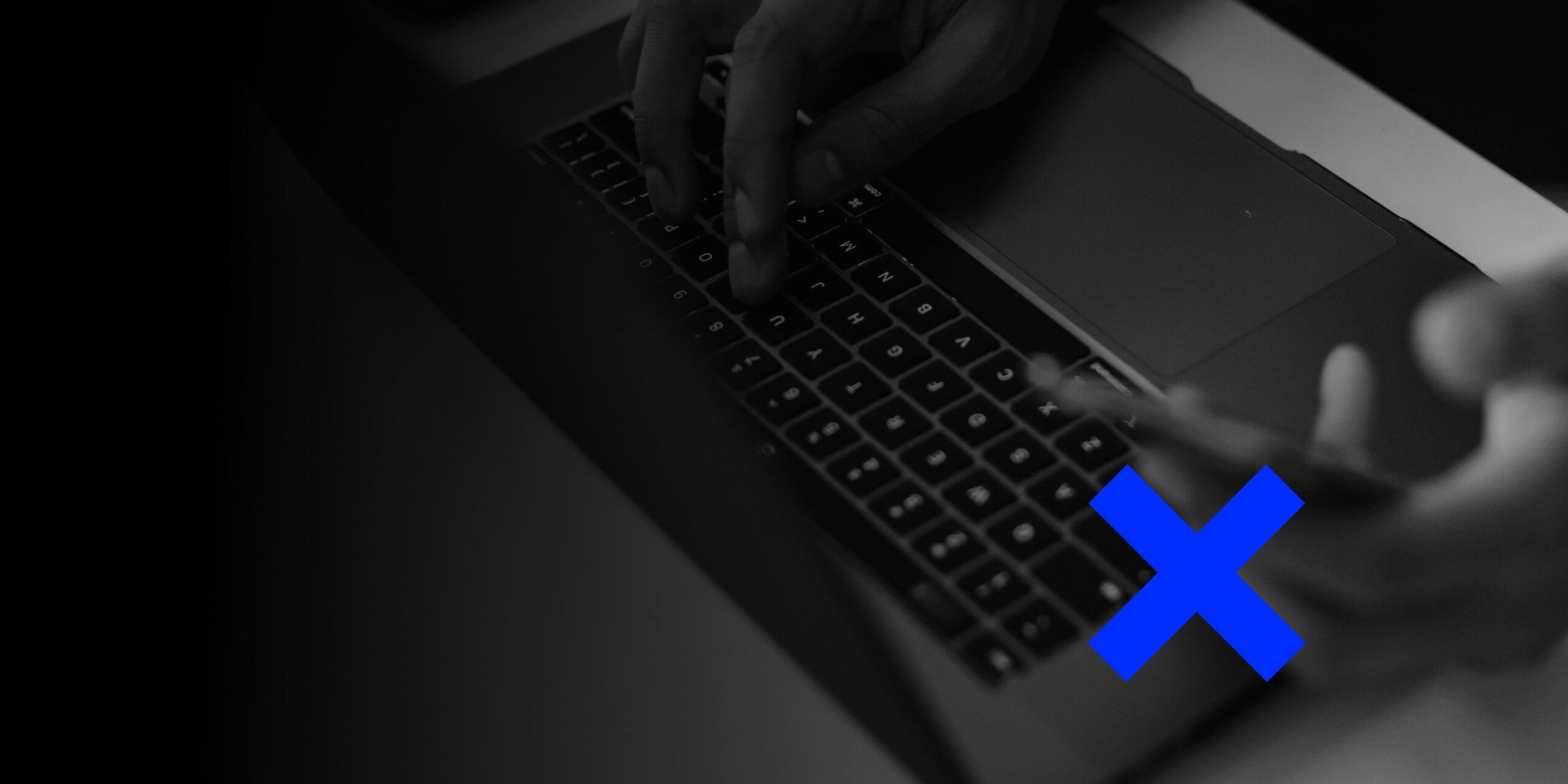Verification within Meta’s Third-Party Fact-Checking Program
Social media users are spreading the claim that the decline in average PISA-2022 results compared to previous years is “a clear example of how COVID and TikTok have affected children“.
However, this is manipulation. The 2022 PISA report does mention COVID-19, but only as one of several factors. TikTok, on the other hand, is not mentioned at all — the report discusses the broader issue of the impact of gadgets on students’ academic performance.
Screenshot of the post
PISA is an international study of education quality, launched and coordinated by the Organisation for Economic Co-operation and Development (OECD) in 1997. The study assesses the ability of 15-year-old students to apply their knowledge and skills in reading, mathematics, and science to real-life situations. Testing is conducted every three years. The latest (eighth) round was held in 2022, and the ninth is scheduled for this year. In 2025, 92 countries will participate in the assessment, including Ukraine, which has been a participant since 2018.
While the idea that COVID and TikTok affected PISA test results may seem intuitively correct, data analysis and the official research report show that such a conclusion is quite simplistic and does not take into account a number of nuances.
First, it is worth paying attention to the chronology: the decline in PISA scores did not begin with the emergence of TikTok or the pandemic, but much earlier — around 2012. This is clearly visible in the PISA results graph and indicates that the root of the problem lies deeper.
Full screenshot of the year-by-year trend graph
The 2022 PISA report does not contain direct mentions of TikTok, but rather focuses on the general issue of excessive gadget use. It confirms the link between spending more time on smartphones for entertainment and lower academic performance.
The report also discusses the effectiveness of banning gadgets during lessons, although it emphasizes the need for further research to fully understand the effectiveness of such measures. Despite the lack of consensus among educators, some countries are already implementing such restrictions. Thus, the issue is not just about TikTok but a broader set of problems related to digital leisure.
Other reputable studies also indicate the negative impact of smartphones on attention and concentration. Considering that the decline in PISA scores began around the same time as the mass spread of smartphones in the late 2000s–early 2010s, a potential connection between these phenomena can be assumed. However, this topic also requires further research to confirm any causal relationship.
The report does acknowledge the impact of COVID-19, but only as one of several factors. Among the key elements that affected students’ academic performance during the pandemic:
- structured learning process;
- access to teacher support;
- parental involvement in the learning process;
- quality of distance learning organization;
- schools’ technical equipment;
- students’ access to devices and the internet;
- structure of the learning process.
The report also highlights the influence of structural problems, including unequal access to quality education (gender, economic, and geographic), the quality of educational programs, and teacher training levels.
At the same time, the decline in test scores is not a universal trend: in some countries, results since 2012 have remained stable or even improved (Colombia, Macau (China), Peru, Qatar). Therefore, it is important to consider the dynamics of individual countries, as the economic and social factors that also influence results vary from country to country.

Trend of improved results in Colombia and Macau (China)
The decline in PISA-2022 results is indeed cause for concern, but it should not be interpreted as a disaster caused solely by TikTok and COVID-19. First, PISA assesses results in only three areas — mathematics, reading, and science — and does not account for other critical skills, such as emotional intelligence. Second, the test was not designed for control and punishment, but as a tool for developing and improving education systems.
It is also worth considering that the world is changing, and so are the skills young people need. Just as the advent of calculators reduced the need for manual calculations, modern technologies, including AI, can take over certain cognitive functions. This does not necessarily mean degradation — rather, it signals adaptation to new conditions. At the same time, the issue of the negative impact of gadgets on the ability to perceive information remains a topic of discussion.
Attention
The authors do not work for, consult to, own shares in or receive funding from any company or organization that would benefit from this article, and have no relevant affiliations



